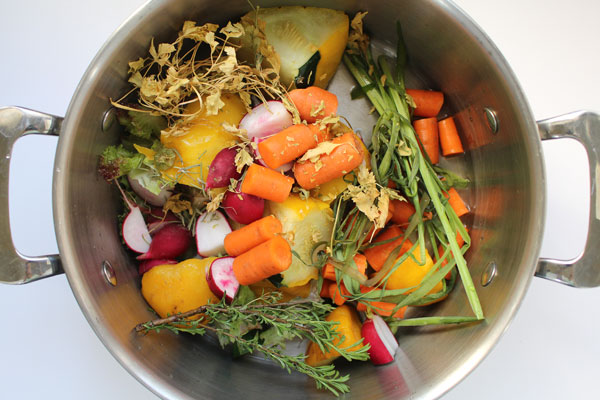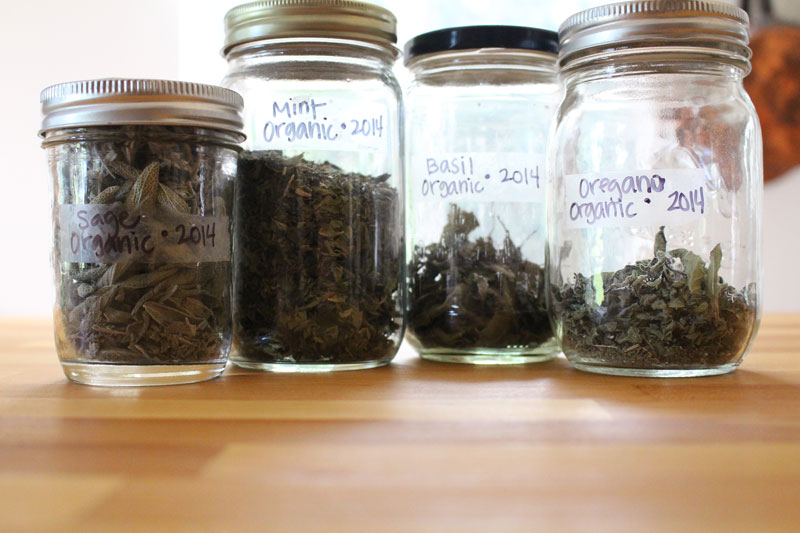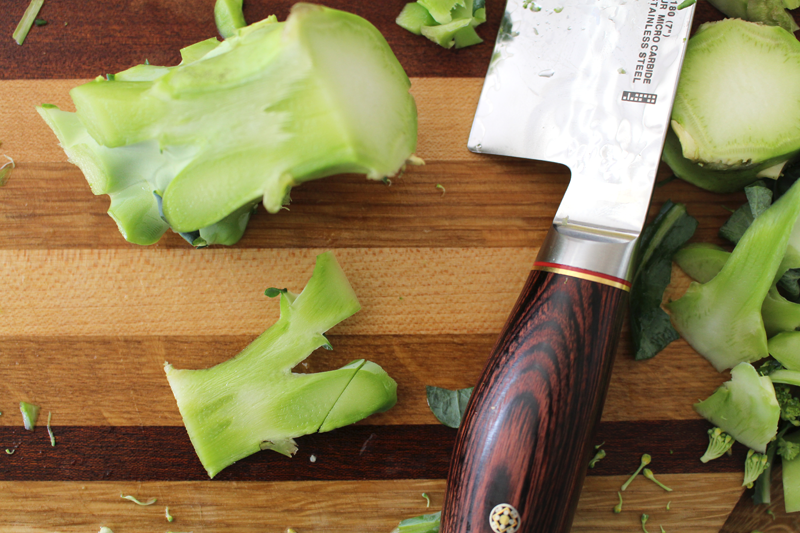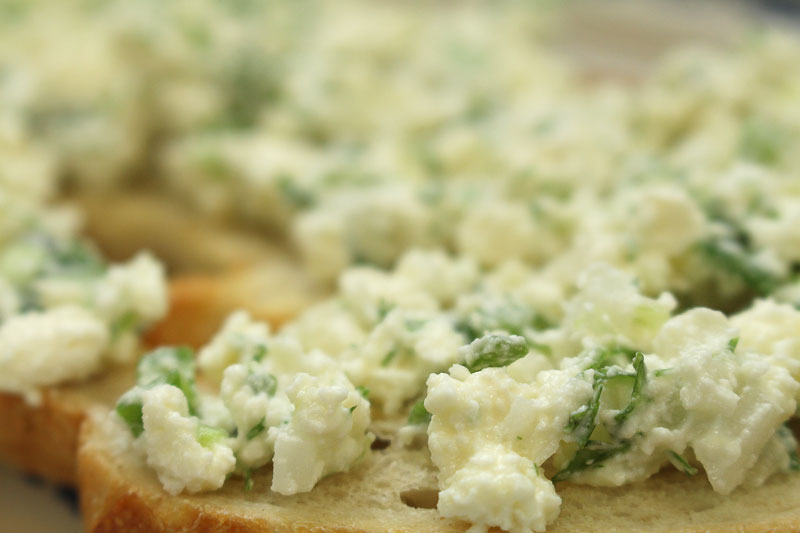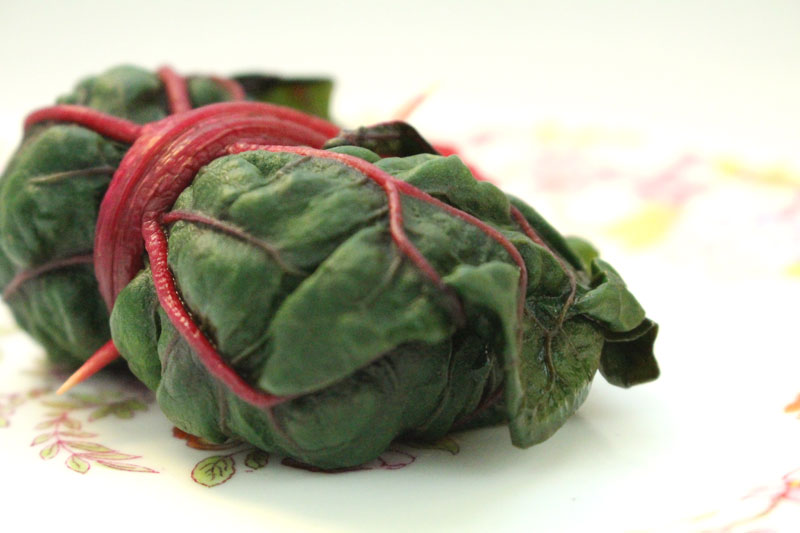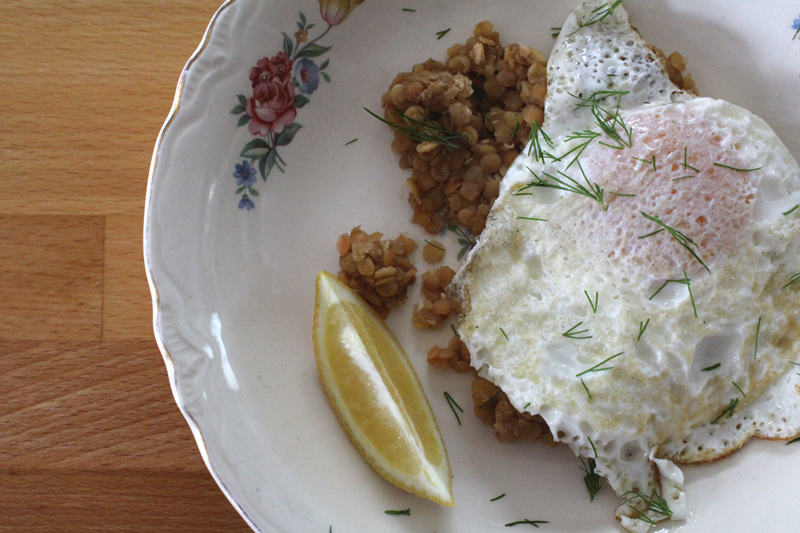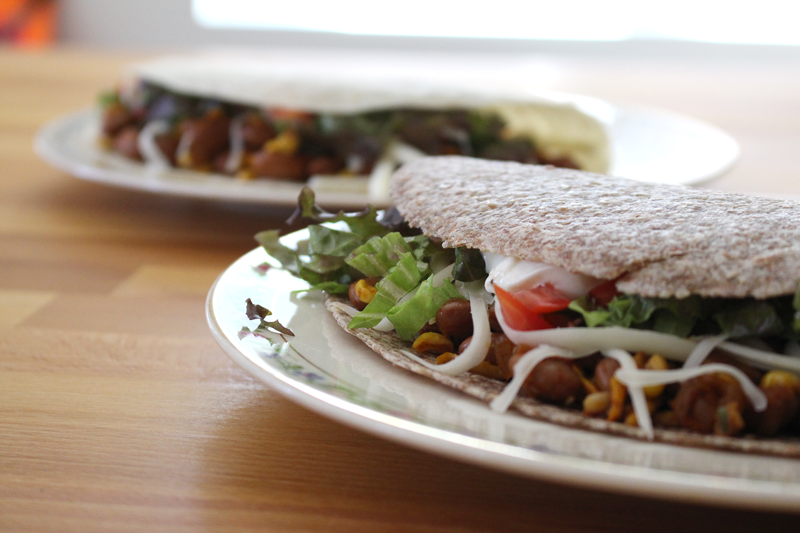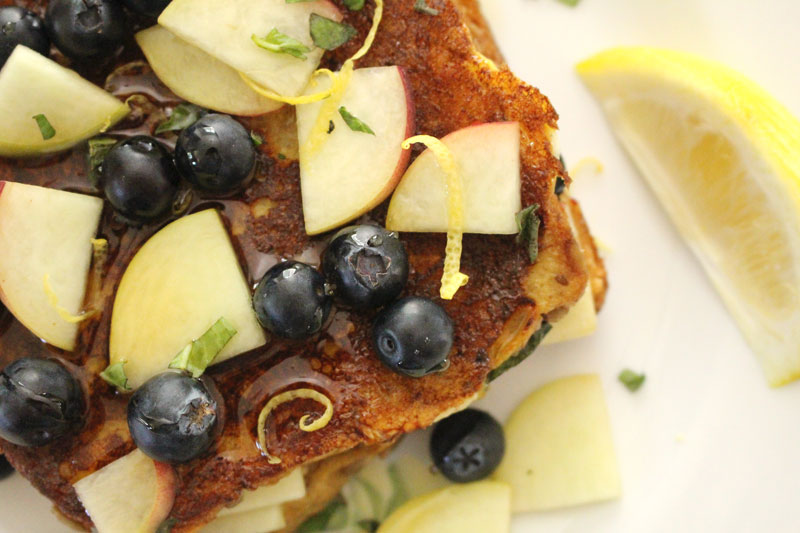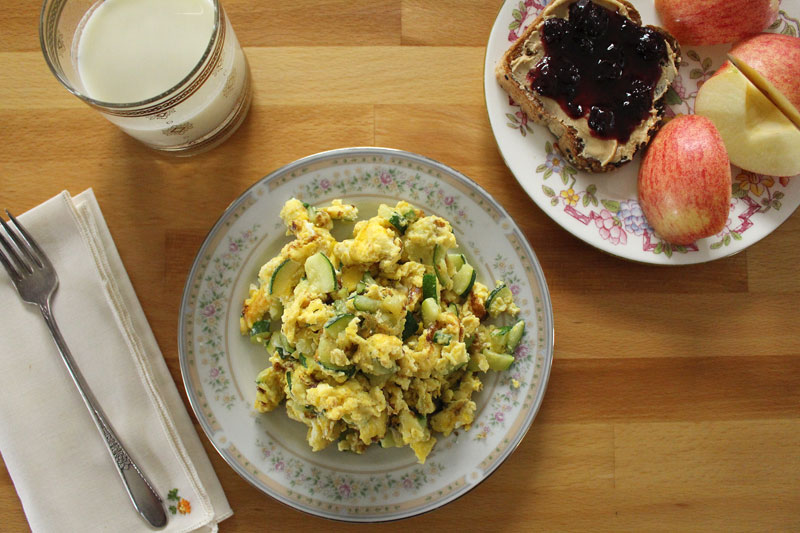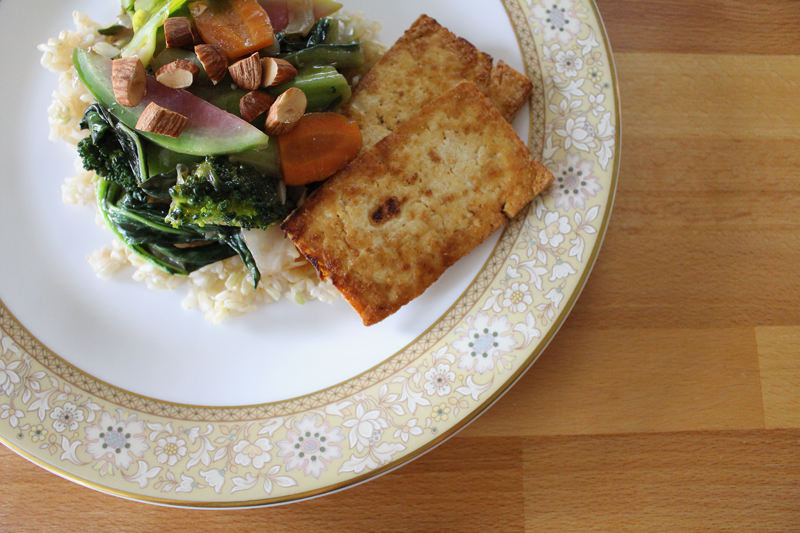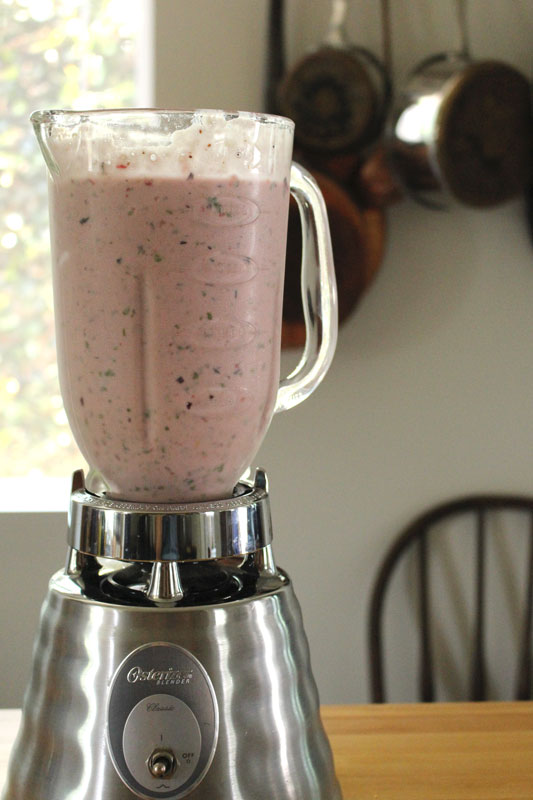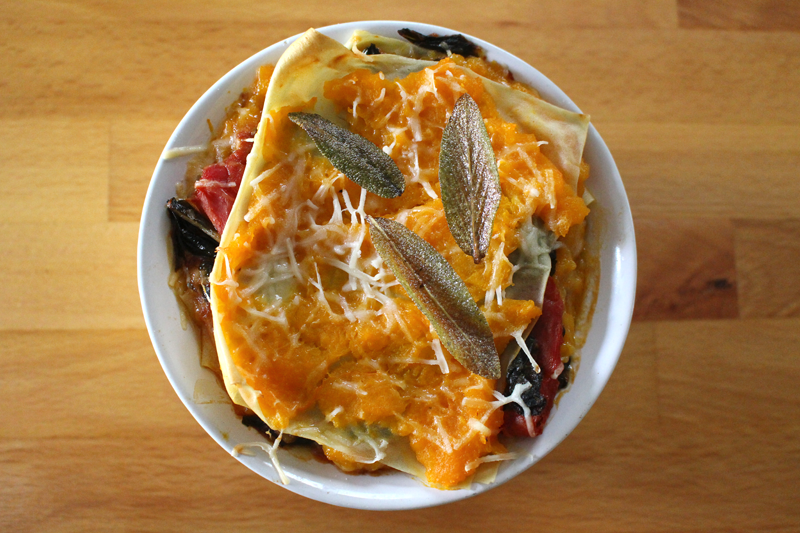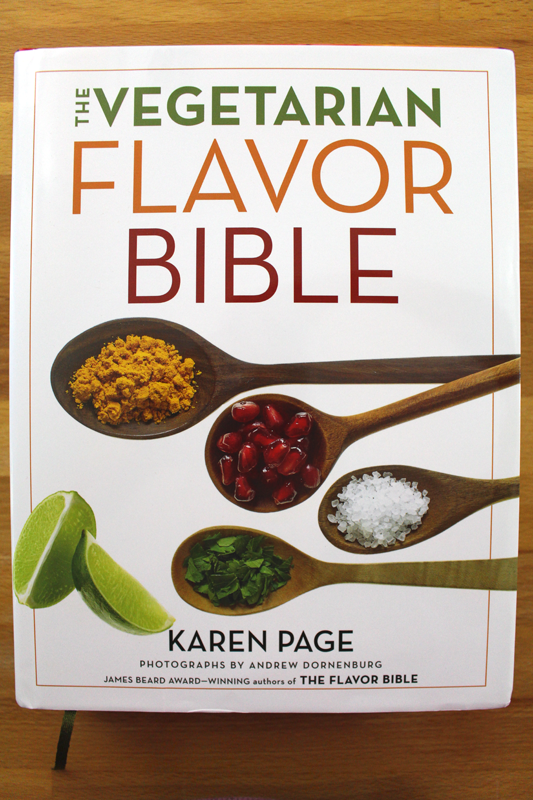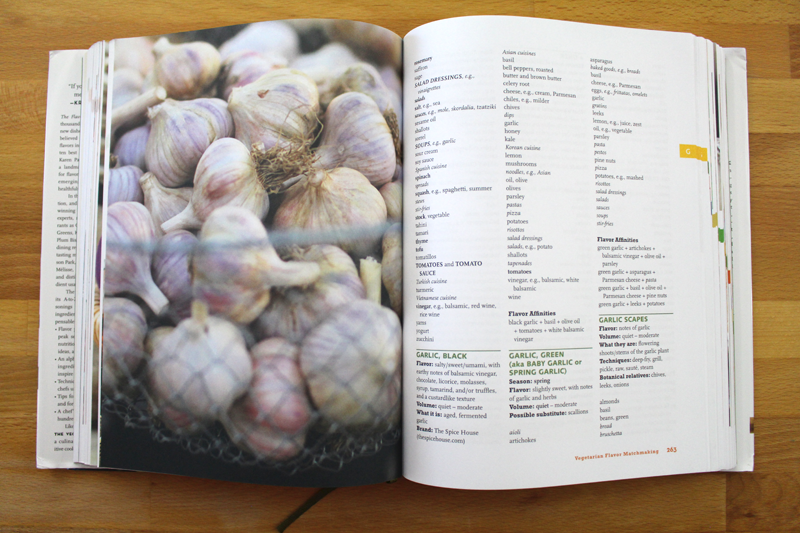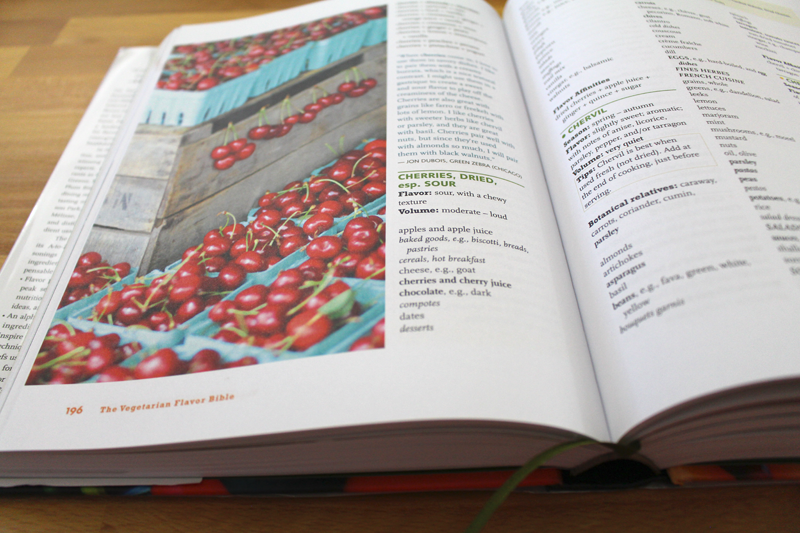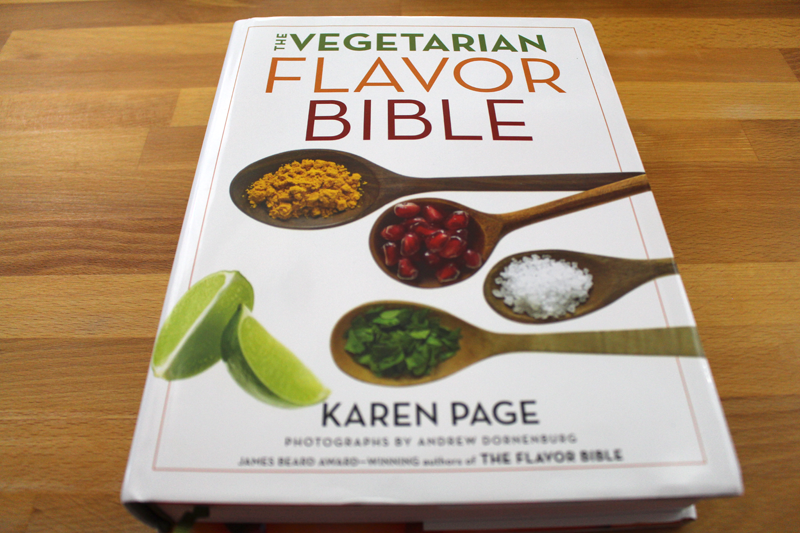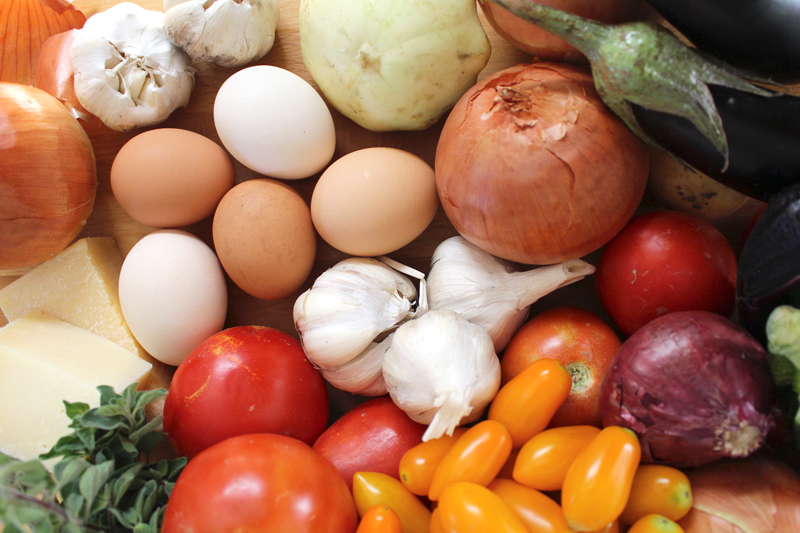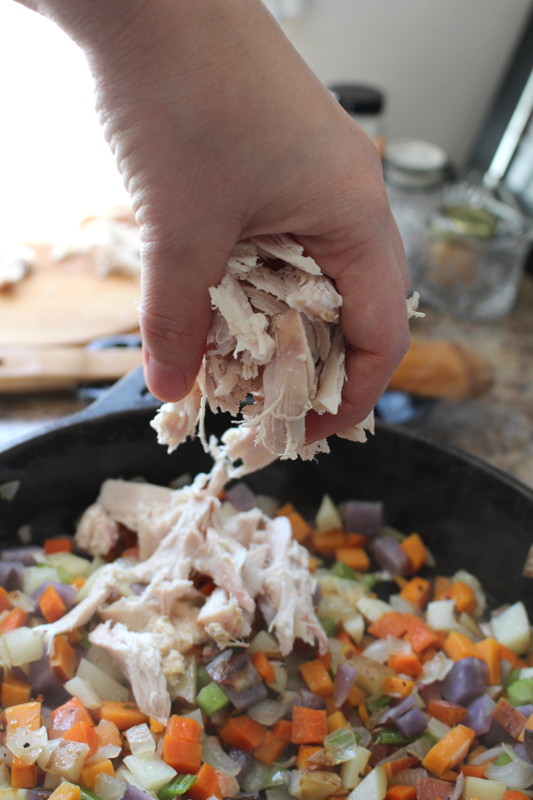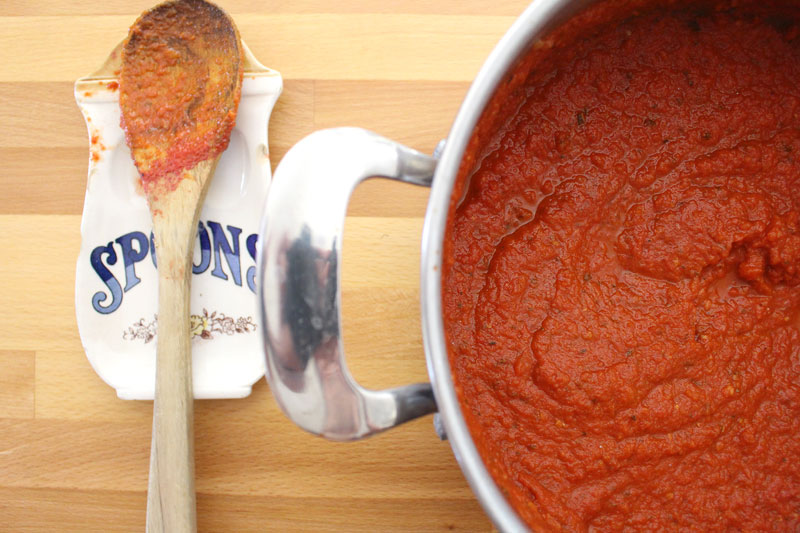What Are You Throwing Away That You Could Be Using?
Written by Rachel, Posted in How To, Thoughts
Over the years as we’ve tried to reduce our carbon footprint and our grocery budget, we’ve been making more of an effort to throw out less. For us, that means that we’re recycling, reusing, using things fully, and composting.
Recycling is something that my family has always done. It’s nothing new, but it’s important. If you’re new to recycling, check with your city to see their guidelines on what can and can’t be recycled. Many grocery stores accept used plastic bags. If you can avoid using them, great (reusable bags are available everywhere these days, some stores even give you a small credit for each one used). If not, better to bring them somewhere they can be recycled than adding them to the trash.
Before anything goes out the door, we try to use it as much as we can in the home. For example, once things like yogurt and salsa (that come in a safe plastic container or a glass jar) have been eaten, the vessel gets washed and used for leftovers and homemade stocks. (We don’t own a microwave, so we don’t re-heat leftovers in containers. If we did, we would re-heat in glass, as it’s said to be safer than plastic.) If I have more than I can possibly use, then they’ll go into the recycling. But, if possible, they get used again and again. Jam jars are washed and reused (just the ring for the lid won’t seal again).
Reusing is also something that I grew up with. In Canada milk comes in bags. Once the milk had been drunk, we’d wash the bags and use them for lunches. It was a little bit embarrassing to be the kid with the washed out milk bag and whole wheat bread sandwich. It felt like everyone else had ziplocks and white bread. Now it just makes me smile, because I get it. The money that’s saved and the trash that we’re avoiding by reusing is totally worth it.
And then there’s the food itself. I’m trying to be better at using it all with somewhat of a “nose to tail” approach, whether it’s a chicken or some broccoli. After the food has been fully used, then the veggie scraps go into the compost and anything that needs to be thrown away goes in the trash.
Use Before You Throw Away
- Chicken bones and giblets: Use them to make chicken stock (same goes for beef, turkey, and pork bones). (The jars with straight sides are the best for freezing liquids, as they’re less likely to crack and stock will slide out easier, even if it’s still frozen. Cool completely and freeze with the lid off. Add the lid once it’s completely frozen.)
- Vegetable peels and ends, herb stems, wilted greens, old veggies: Turn them into vegetable stock.
- Herb stems (tougher ones, like rosemary): use as skewers for meat and vegetables.
- Broccoli and cauliflower stems: Use them to make “pasta” (save the tough outer peel for stock).
- Winter squash: Roast then use them as a soup tureen.
- Potatoes and sweet potatoes that have sprouted: Cut them into about 1″ chunks and plant them. (I have had a sweet potato plant growing for about 3 years. They have pretty leaves that I’ve let grow into a vine, harvesting only one sweet potato a few weeks ago.)
- Plastic food bags: Snip off the corner and use as a piping bag for cake decorating or macaron making.
- Egg shells: Crush and sprinkle around plants that snails like to eat.
- Egg cartons: Add a little dirt and use to plant seeds to start a garden.
- Water that was used to boil or steam veggies: Save to boil beans or pasta. Save to make veggie stock. Cool completely and use to water plants.
- Citrus peels: Before removing the peel from the fruit, use a zester or fine grater to zest or grate, and freeze for later use.
- Veggies with seeds: Save seeds for planting (I’ve had success doing this with green beans, peas, summer and winter squash, basil, melons, and tomatoes – green beans, peas, and tomatoes have been the most successful).
- Bread crusts: Freeze and use for croutons, bread crumbs, and Baked French Toast.
- Coffee grounds: Add to the compost pile to bump up the nitrogen.
- Parmesan cheese rinds: Add them to stews and bean dishes – they’ll add a nutty parmesan richness and can be discarded before serving.
- Pasta water: Near the end of the cooking time add 1/2 to 1 C of the starchy water that your pasta has been cooking in to the sauce. It will help the sauce stick to the pasta.
- The last few tablespoons of yogurt: Use them to make your own homemade yogurt.
Once you’ve made the most of your food, discard it as needed. If you’re interested in composting, CSA’s like Abundant Harvest Organics has worm casings for sale on their add ons page. The butcher paper from the weekly box of AHO produce can be torn into strips and added, along with the veggies that were boiled for your veggie stock, and the broccoli and cauliflower peels. And, some cities even give away free composters, all you have to do is ask!
Do you have any tips and tricks to share? How are you reducing your carbon footprint? Do you have a compost pile or vegetable garden? If you do, do you have any advice?

